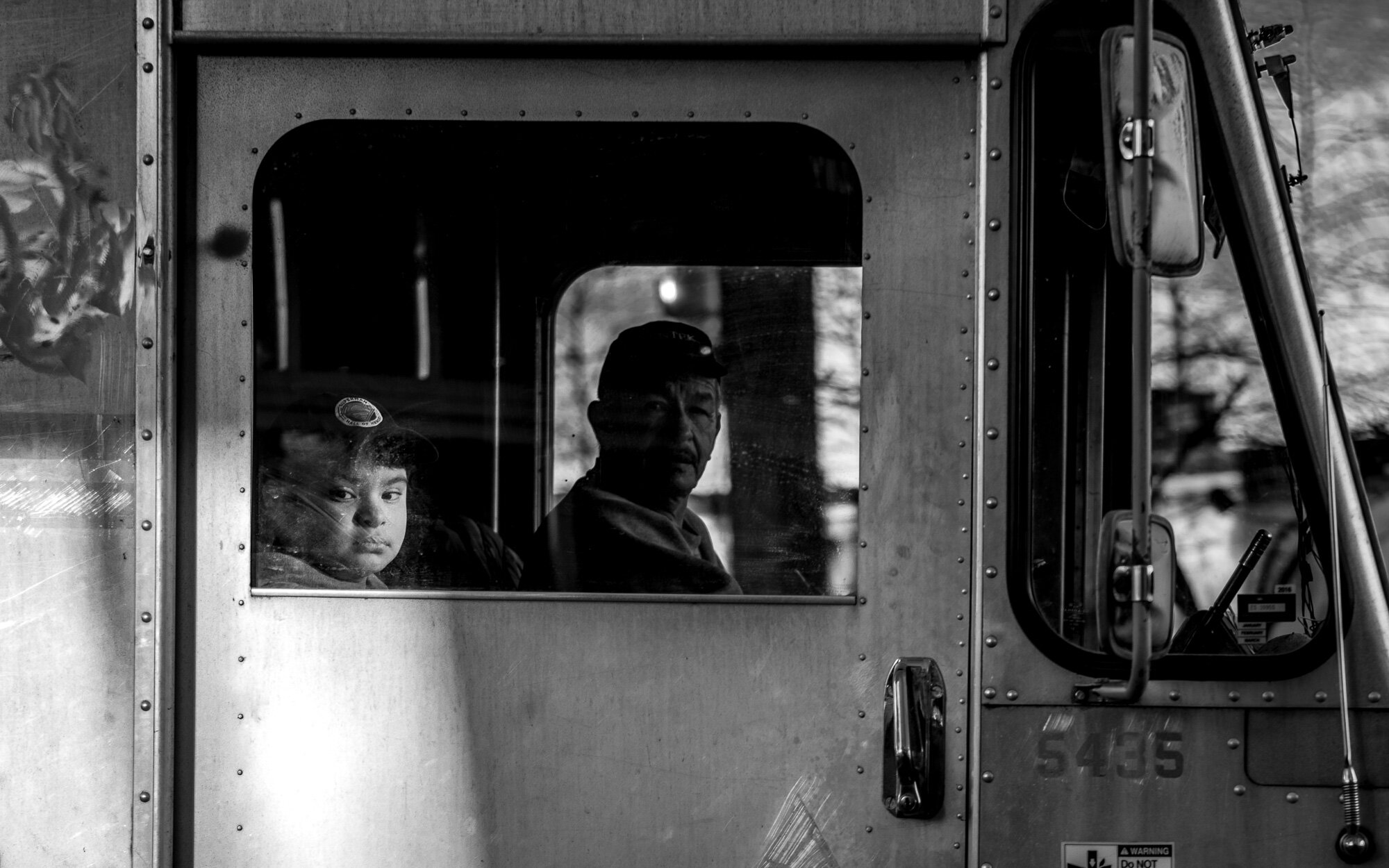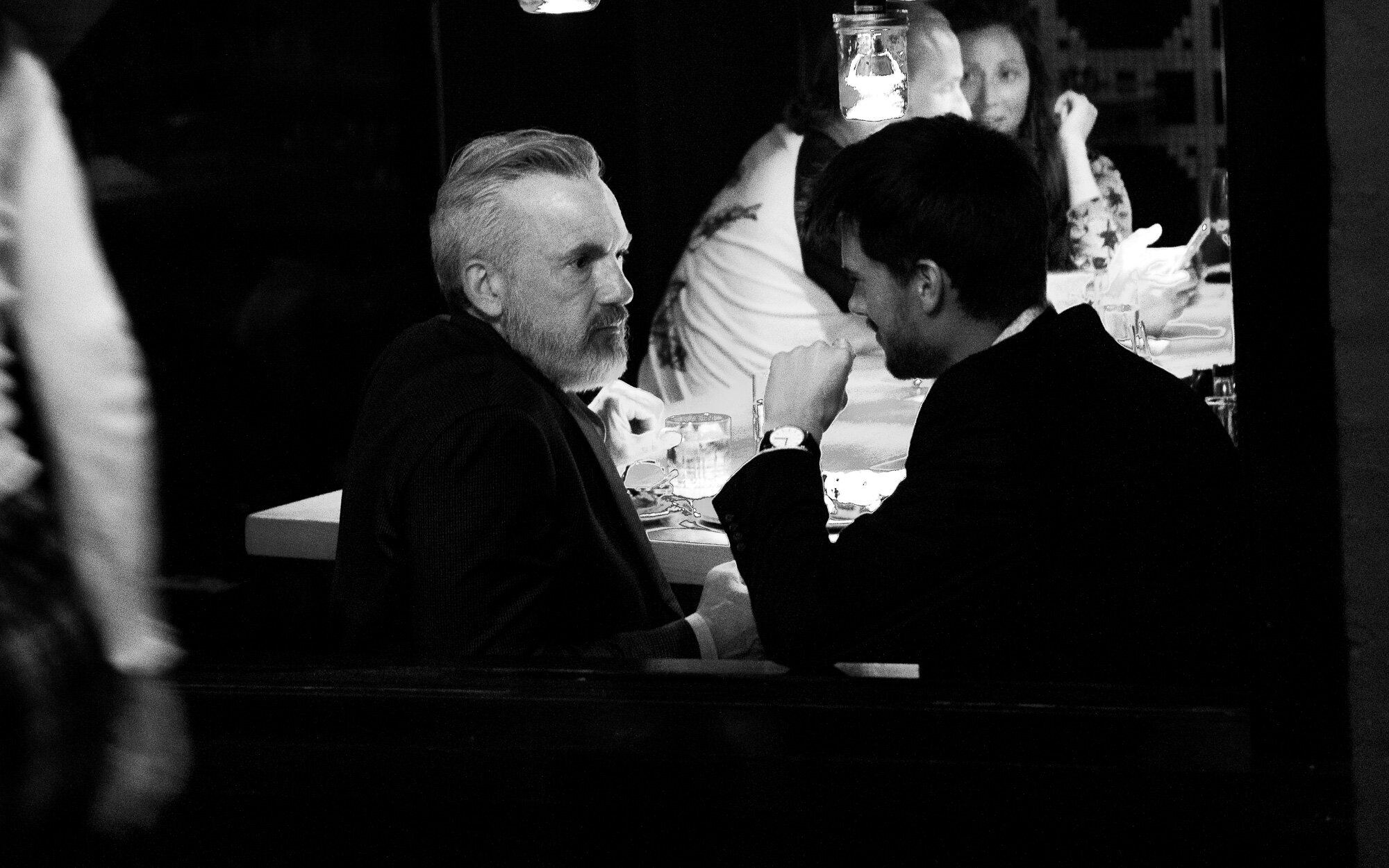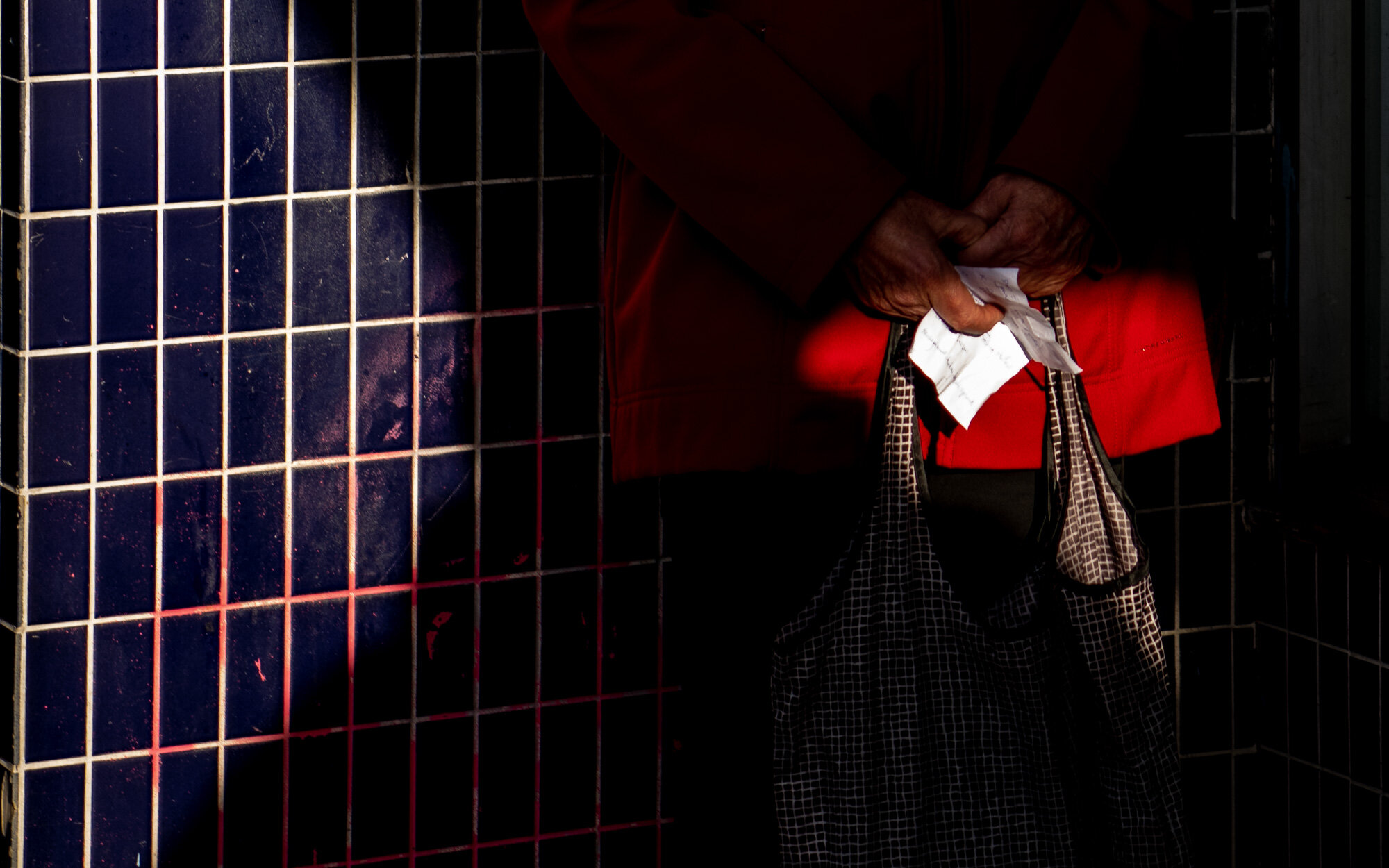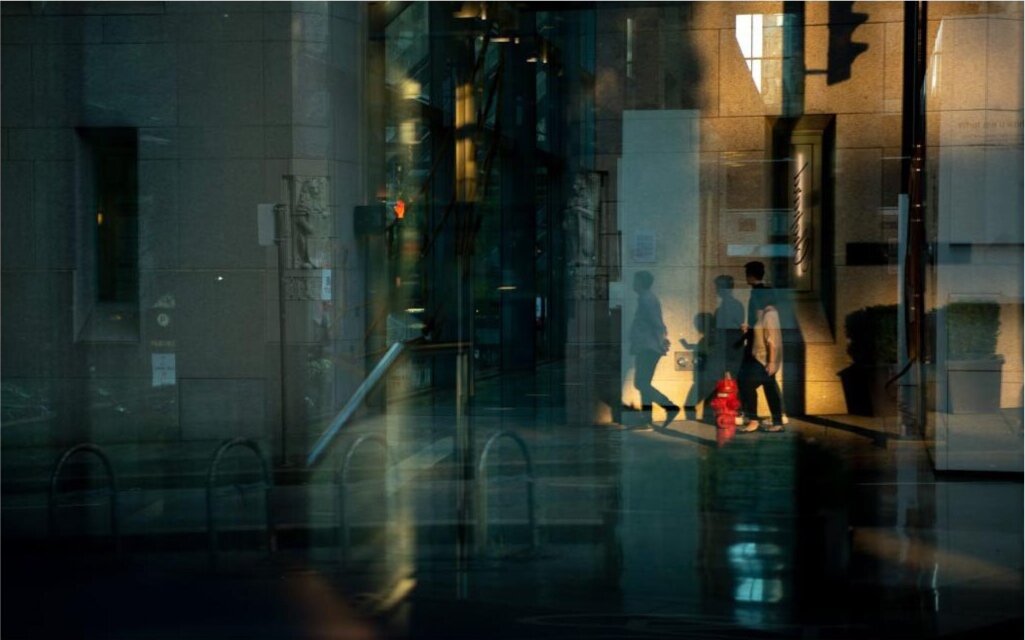Capturing Life and Light on the Street
An Interview with Vancouver-based Photographer Ciara Kilpatrick.
You initially thought of a career in resource management and the environment. What led you to study photography and pursue it as a profession?
Growing up, I loved making art and taking photos. When I began investigating career paths, photography did not seem a viable option especially in a world inundated with images and so I enrolled in the resource management and the environment program at Memorial University. After several years, I decided to take a year off to travel and work abroad. Travelling solo through 23 countries of Europe, opened my eyes to new possibilities, and the taking of photos became part of my everyday routine. Even before returning home, I began researching photography schools and a different career path.
You are a graduate of Van Arts in Vancouver, BC. Of the many photography programs here in Canada, what attracted you to this one?
Van Arts caught my attention as it is a one-year dedicated photography program with courses taught by working photographers. Van Arts also prepares you to set up professionally by dedicating one full term to business planning. By the time I graduated I not only had the technical skills required, but also a business plan, and established website.
Van Arts also appealed because of its location in downtown Vancouver. My time in St. John’s, Newfoundland, had left me with a love of being on the sea and travelling through the cities of Europe had left me with a love of cities. Vancouver provided both as well as ready access to the natural wilderness which was also important to me.
Your focus is street and conceptual photography. How did this evolve during your time at Van Arts?
The photographs of Edward Burtynsky and the Anthropocene Project, a collaboration with Nicholas de Pencier, and Jennifer Baichwal, left an indelible impact on me around the time I was writing the letter of intent required as part of my Van Arts application. I envisioned combining my passion for the environment with my photography to document and comment upon the impacts of resource extraction and climate change on the natural world; perhaps, being able to work in some capacity as a photojournalist. While this still interests me and is an area I may pursue in the future, it was the telling of people’s stories that began to resonate most strongly with me as I began working on my first assignments at Van Arts.
Two early assignments stand out. In one we were asked to approach ten people and ask them if we could take their photographs. That was tough for someone who is an introvert by nature. The other required us to create a photo essay. I chose to create a story from scenes captured in Granville market after having enjoyed capturing people in Seattle’s Pike market on a recent trip. The street photographer on staff encouraged me to keep taking street photographs. My eye for composition, my ability to tell a story and to engage an audience was recognized: one person stated my photographs have ‘soul.’
How would you describe your experience of street photography?
Street Photography is unique. It is the capturing of moments which are fleeting, pass in an instance, and if you are not quick enough, may pass you by. So, it forces you to slow down, be in the moment and really observe the world around you. It is the capturing of people’s stories when, in fact, you do not actually know their full story. It has a surreal aspect. You are capturing what may be a fictional account of someone’s life; what they present to you at that moment in time.
What themes do you explore in your street photography?
Each series of photographs on my website explores a different theme:
‘Excerpts’ examines real life moments, provides glimpses into people’s stories; it is more about the people of Vancouver and their connections.
‘Fervour’ is a term referring to intense heat and it captures the feeling of warmth and heat of the summer; it is about the larger scene being portrayed and less about people.
‘Who Are You When You Are Not at Home’ is a narrative with two kids looking outward in the first and last photo of the series on display. In my mind they are looking out at and trying to make sense of the world, of the lives of the adults in view perhaps. These photos are about how we as individuals present ourselves to the world. Are we different when out in that world than we are at home? Are we more constrained or more open in one or other location?
Your Conceptual series ‘Desolation’ is Impactful. What Did You Wish to Convey?
The series Desolation is deeply personal. The images speak to loneliness and despair, one’s inner battles, feeling trapped and the loss of a sense of self. I felt incredibly vulnerable presenting this series before a group critique, but it was so received, and the message resonated with so many people it led me to realize I wanted to continue making impactful art that is meaningful to others.
I also have come to value how the practice of photography is in itself beneficial, helping me and others. When I am out taking street, I feel connected to those within the community who I have come to know, even if they do not know me; I am fully present in the moment, as the moment is what I am capturing; and I am taken outside myself, as I am observing others and the evolution of the city. It brings comfort and allows me, someone who feels quite privileged in life, to give back to the community.
You are giving back to the Vancouver Community through the One by Two Free Art initiative. Please tell me about that and why it is important to you and your collaborator Justin Boudreau.
It started with the idea of leaving street photographs taken by us, around Vancouver as a way to give back to the people and places we photograph. We framed 100 pieces using up-cycled materials, the framed photographs were then bagged along with a card explaining free art. We distributed these bags around the different streets we regularly photograph across the city, over the course of ten weeks. We’re hoping to continue this project on a bi-yearly basis.
Justin and I believe it is important for us, as street photographers, to give back to those who allow us to make our art, the people on the streets of Vancouver. We also believe art should be accessible to people and not just the elite, or those who can visit galleries or museums. And, we have a desire to connect people.
What Advice Do You Have for Other Potential Street Photographers?
Practice makes perfect! Nothing can replace real life experience and the taking of thousands of images over hundreds of kilometers!
Examine and critique others' work to identify what you like and do not like and, therefore, what area you may wish to pursue in photography.
Enter a program and find a mentor. You will obtain the necessary technical skills and undergo critiques that will challenge you and your photography practice.
Alternate taking photos on your own and with a colleague. In the first case, you will find yourself more an observer and detached, but it can be a lonely endeavour. A colleague will help you share the moment and become more of the scene. The contrast is invaluable.
What is Next for You?
I will continue to build up my portfolio, enter photography competitions, apply to artist residencies, and aim to exhibit either in a group or solo show in a few years. I also am beginning to develop an idea for a photo essay project which will combine my love of travel and the written word. To view my work please visit: www.ciarakilpatrick.com and look out for our next FREE ART initiative at @1x2art.




